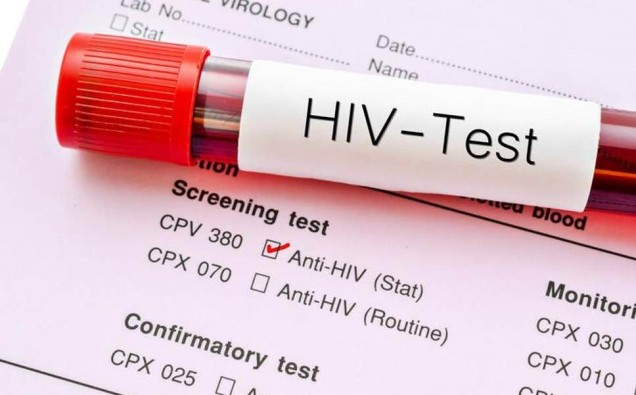Since April of this year, reports of an extreme HIV outbreak in the Southern Sindh province of Pakistan, have been spreading. They first developed from Rato Dero in Larkana, and after testing 26,041 people, the World Health organisation have confirmed that 751 people, 604 of which are children between the ages of 2 and 15, in the Southern Sindh province have been diagnosed. Larkana Deputy Commissioner Muhammad Nauman Siddique called these results “shocking” and revealed that the parents of the HIV-positive children were found to be HIV-negative when tested, which begs the question of how so many patients were infected.
Approximately 427 of these patients, which amounts to just over half of them, have still not received the Anti-Retroviral Treatment that they require. This statistic is a result of a lack of stocks in Pakistan, which also means that only 240 of the 604 children affected can be treated by the limited supplies that Pakistan has access to. Furthermore, the stocks that they do have will only last until July 15th. Even the recommended test kits that are needed for the World Health Organisation’s recommended “test-and-treat” strategy for HIV are in short supply, resulting in the WHO’s suggested testing standards not being used.
Such a lack of supplies will especially affect the 75% of Sindhi people who live below the poverty line. Few of these families can afford the medical testing equipment and quality treatment available in Pakistan, most of which is only available in Karachi, the capital.
In terms of how this worrying situation developed, many health officials agree that a combination of unsanitary equipment (such as the reusing of contaminated needles), otherwise unsafe procedures such as blood transfusions, and the frequent malpractice of fraudulent doctors, are responsible for the rapid spread of the disease. Officials in the area have referred to the numerous unqualified medical practitioners in the area that they blame for the outbreak as “quacks”. Namely, Muzaffar Ghangro is a doctor from Larkana who was confirmed by the Sindh police to be a major factor of the disease spreading due to using infected needles at his clinic, where he treated many of the children who later became diagnosed with HIV. Parents demanded he was tested for HIV, after which he was found to be HIV-positive and eventually found guilty of “criminal medical negligence”.
The WHO and the US Centres for Disease Control and Prevention have stated that they will send teams of medical experts to the area to help to deal with this outbreak.
Charlie Murray

















